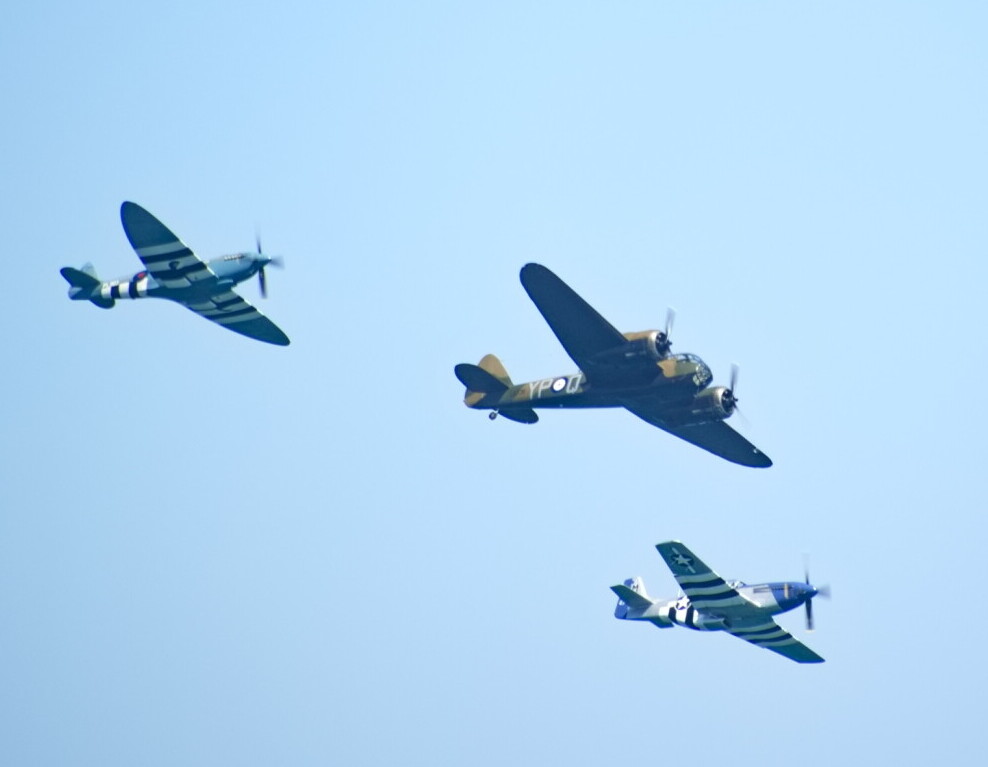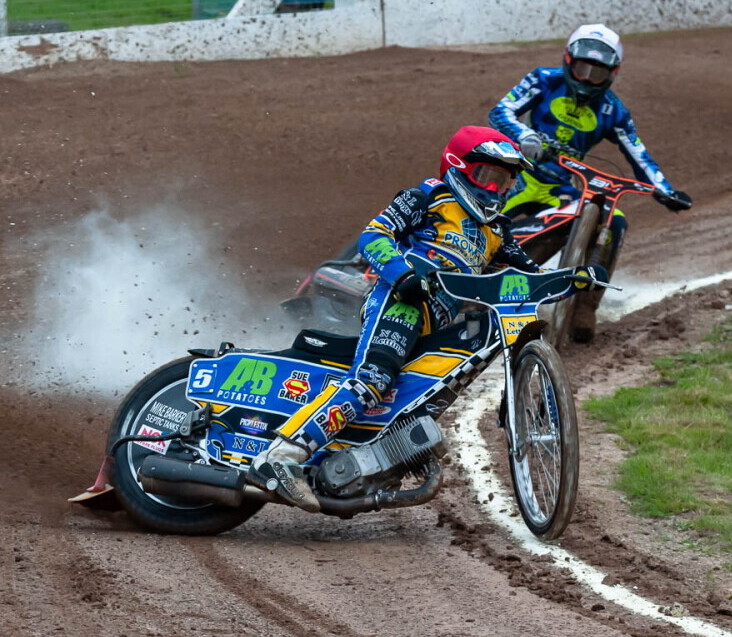I own two Nikon cameras: the D5200 and the D700. I bought the D700 refurbished in 2021 because I wanted a full-frame DSLR. While I’ve always been happy with my D5200, which I purchased in 2003, it still works great, and I continue to use it regularly. However, the D700 is a different experience, it’s much more responsive, for instance, it allows me to adjust settings without taking my eye off the viewfinder. I’m sure this feature is standard in most modern cameras today, and I truly appreciate it. The image quality from the D700 has impressed me so much that I felt compelled to write about it. That said, I believe it’s not just about the camera, it’s about the photographer behind it.

Nikon D700 f-stop 8, ISO 800, Exposure 1/320 Focal 300mm
When Nikon released the D700 in 2008, it made waves among photographers. It was positioned as a more affordable, versatile full-frame DSLR to surpass their flagship D3. Even today, more than a decade after its release, the D700 has a dedicated following, me being one. Despite advancements in camera technology, the D700 has stood the test of time and still is classed as a workhorse for photographers who prioritize build quality, reliable performance, and beautiful image output over the latest models in the photography market.
In this article, I want to share my thoughts on what makes the Nikon D700 so beloved, its standout features, how it compares to modern cameras, and why some photographers still swear by it in 2024.
The D700’s crowning feature, believe it or not, was its 12.1-megapixel full-frame (FX) CMOS sensor. This sensor was similar to the one found in the Nikon D3. The full-frame sensor allowed for improved dynamic range, better low-light performance, and finer detail rendering compared to APS-C sensors at the time.
Despite the 12.1 megapixels, the sensor in the D700 continues to impress. For many types of photography, such as portraiture, street photography, and event work, the resolution is more than adequate, delivering rich detail and superb color accuracy. The relatively low pixel count also allows for larger individual pixels, contributing to the camera’s excellent low-light performance. Images shot at ISO 6400 on the D700 remain impressively clean, with manageable noise levels and good attention to detail.

Nikon D700 f-stop 22, ISO 100, Exposure 1/250 Focal 105mm
Nowadays we have 24 megapixels and 36 megapixels plus sensors have become the norm even in entry-level cameras, some might wonder if 12 megapixels is enough. The answer depends on the type of work you do. For prints up to A3 size, social media sharing, and web use, 12MP is more than sufficient. The smaller file sizes also reduce the strain on memory cards, storage, and post-processing time.
The beauty of it? The D700 gives off this nostalgic vibe, yet it performs!, Enthusiasts and pros still pick it up for its reliability and those classic, rich tones it produces. If you’re the kind who appreciates a hearty, sturdy camera that won’t quit on you, the D700 might tickle your fancy.
Build Quality and Ergonomics
The Nikon D700 is built like a tank and feels like one too. Crafted from magnesium alloy, this camera was made to endure. Whether shooting in rugged landscapes or bustling city streets, it can handle knocks and bumps like a champ. Therefore it makes a great choice for those of us who need something durable.
Yeah, picking it up, you immediately notice its heft, (995 grams) not in a burdensome way, but in a reassuring, well-balanced manner. The buttons and dials are exactly where you need them that is the Nikon’s intuitive design. If you’ve ever used a Nikon before, you’ll feel right at home with its layout.
One thing photographers praise endlessly is the D700’s grip, It’s comfortable and secure, even during long shoots and I agree with this. You won’t find your hands cramping up after extended use. That right there is priceless, especially for events or wildlife photographers where they need to be ready at all times.
Compared to newer, more compact models, the D700 might seem bulky, but that bulk translates into durability and stability. Weather-sealed features mean light rain and dusty environments won’t be a problem. You can pretty much take it anywhere without fretting over its well-being.
Long-term users rave about its longevity. Many report their D700s functioning flawlessly for over a decade, a testament to Nikon’s craftsmanship. So when investing in a D700, you’re not just buying a camera; it’s investing in a faithful companion that’ll be around for a long time.
Image Quality and Performance
OK, let’s touch on why the Nikon D700’s image quality still wins. The camera’s 12.1-megapixel FX sensor punches above its weight. And, you might think, “Only 12 megapixels?” but don’t be fooled by the numbers. It produces images with impressive detail and smooth tones that give you that classic, professional look.

Nikon D700 f-stop 7.1, ISO 3200, Exposure 1/640 Focal 200mm
The low-light performance is where the D700 shines. Thanks to its ISO range of 200-6400 (expandable to 25,600), you can shoot in dim conditions and still get usable shots. Night-time cityscapes, indoor events, or even astrophotography – it handles them all without breaking a sweat. Noise levels are well controlled, ensuring clear and sharp images.
The autofocus system, featuring 51 AF points, is snappy and reliable. It’s great for tracking moving subjects like children at play, pets, or even sports action. With 15 cross-type sensors, you get accurate focus even in less-than-ideal lighting conditions. It’s genuinely satisfying to capture those decisive moments with ease.
As you can see the images taken with my D700 still hold their ground today. You’ll find rich colors, solid dynamic range, and superb contrast. Professional photographers often praise its ability to render skin tones beautifully, making it a favorite for portrait work.
Side-by-side comparisons with more modern cameras might reveal marginal differences in sharpness or resolution, but the D700’s image quality remains genuinely remarkable. It’s not just about megapixels but about how the camera processes the information it captures. In this department, the D700 continues to impress.
Lenses and System Compatibility
One of the great advantages of the D700 for me was the compatibility with Nikon’s extensive lineup of F-mount lenses. This means that whether you shoot with modern AF-S lenses, third-party lenses, or even older manual-focus Nikkor lenses, the D700 can work seamlessly with a wide range of optics.
For photographers who already have a collection of Nikon glass, the D700 remains a great option, and with the availability of used lenses on the market, building a versatile collection for the D700 is affordable and practical.
Value Proposition: Is It Worth It Today?
So, is the Nikon D700 still worth picking up today? I think so, and here’s why. Firstly, the current market price for a used D700 is generally quite reasonable. Compared to splashing out on a brand-new, high-end camera, you’re saving a good chunk of change that you could put toward quality lenses or other equipment. It offers impressive value for your money.
When you weigh it against modern entry-level and mid-range cameras, the D700 holds its own in several areas. Sure, it might lack some of the latest tech like 4K video or touchscreen interfaces, but what it sacrifices in features, it makes up for in rugged build and dependable performance. It’s a camera you can trust to deliver when you need it most.
So, in a world dominated by feature-packed mirrorless cameras and high-resolution sensors, the D700 serves as a reminder that great photography is about more than just the latest technology it’s about mastering the features you have, understanding light, and telling a story through your images. For many photographers, the D700 remains the perfect for that job.
But, like every piece of gear, the D700 has its limitations. It doesn’t offer video capabilities that match current standards, so if filming is your thing, you might need something more modern. It’s also bulkier and heavier against new mirrorless models, so portability could be an issue if you’re always on the move.

Nikon D700 f-stop 8, ISO 100, Exposure 1/125 Focal 550mm
Therefore the Nikon D700 is a testament to durable and reliable photographic equipment. As a photographer who values build quality, image performance, and versatility, I think it’s got to have some serious consideration. You’re getting a solid machine that, despite its age, continues to perform admirably. The Nikon D700 has earned its place in the history of digital photography as one of the most capable and reliable DSLRs ever made.


Your article beautifully captures the essence of the Nikon D700. Having a solid, reliable camera that feels great in your hands is invaluable during long shoots. It’s great to know that even with fewer megapixels, the image quality is still impressive, particularly in terms of dynamic range and color accuracy. I agree that the D700’s full-frame sensor and low-light performance are game-changers, especially for portrait and event photography. It’s refreshing to see someone appreciate the nostalgia and durability of older cameras while acknowledging their strengths over newer models.
Thank you Kavitha, it sounds as if you had a D700 yourself, and yes with fewer megapixels isn’t such a big deal, perhaps if you were in marketing promoting certain products a pin-sharp image would warrant a higher megapixels.
Thanks for your feedback